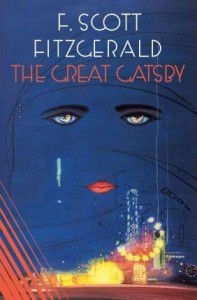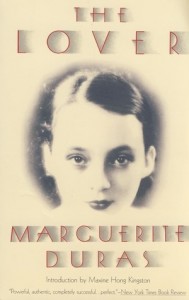I enjoyed reading about wild women who trust their instincts and feed their souls. I found post-its beneath important passages and imagined what my mom was thinking about my dad. I’m old and settled enough in myself now that I want her advice on life and love, but it is a newish feeling and I am still hesitant to ask. The mystery deepened when one of the post-its was covered in handwriting that was not my mother’s.
Reading this book and feeling a connection to my mom and to all womanhood was a wonderful way to spend this weekend. Clarissa Pinkola Estés touched on the importance of growing into ourselves and trusting ourselves. She talked about what to do when we have been diverted from the path to ourselves by our families, culture, and choices. I could feel this book feeding my newest novel (the one I’m not ready to talk about). I could feel it feeding me, too. I was learning about my spirit and also my psyche. I was reading about Baba Jaga and Jung. I was integrating and growing.
My first critique is the book is not tightly written. Estés goes on and on in loops and often says in ten paragraphs what she could have said in one. But as she was repeating things, I was taking the chance to daydream about the lessons she was imparting and the fairytales she had introduced. I had the space to create my own thoughts and get closer to myself. I was sorry the length of the book (and my mistaken assumption that it would be dense) kept me from reading it all these years.
My second critique is that this book need not be geared toward women only. There are some lessons that are women-centric (most men, I’d wager, don’t spend time worrying if they are nice enough), but the ideas of learning from instinct and trusting yourself and becoming are universal. Though it will be easier for some women to enjoy the book because it is geared toward them (and I’m sure most of the self-help market is women anyway), I felt sad that men might not see this book’s value for them as well.
Third and last critique. Estés often uses Spanish words where English would have done. I think she was trying to create a voice that was more open and free while evoking her own heritage. As a Spanish speaker, I kept looking at the words wishing that there was a reason they were in Spanish, that there was a strong connotation only Spanish could capture, when often the English meaning is the same.
On Mother’s Day, I spoke with my mom about the book and about how much I was learning from it. She said she never could get into it. A friend had given it to her saying that my mom was a wild woman. Perhaps she couldn’t get into it because my mom already is a wild woman. Perhaps I was quietly learning lessons she already knew. Perhaps I started reading this book at exactly the right time.
My copy of Women Who Run with the Wolves is now heavily underlined and the dog ears at the bottoms of pages grow more frequent toward the end. Those turned corners along with the initials “HG” denote passages I will explore as I write my new book. A book about being a woman not a girl. A book about wildness. A book about becoming.
If this review made you want to read the book, pick up a copy of Women Who Run With the Wolves: Myths and Stories of the Wild Woman Archetype from Bookshop.org. Your purchase keeps indie booksellers in business and I receive a commission.

